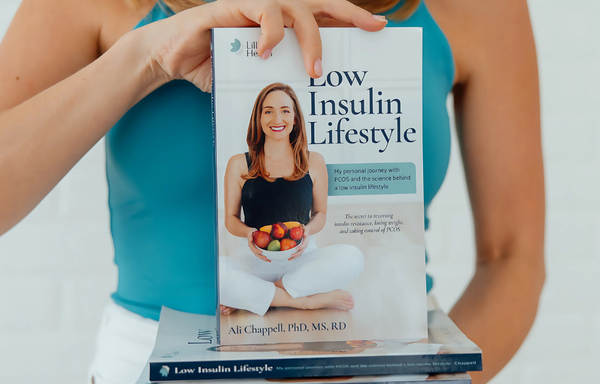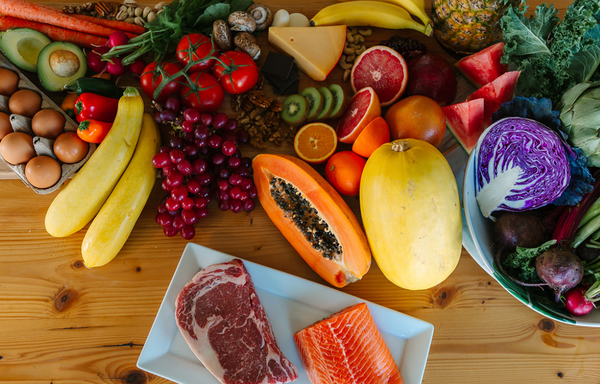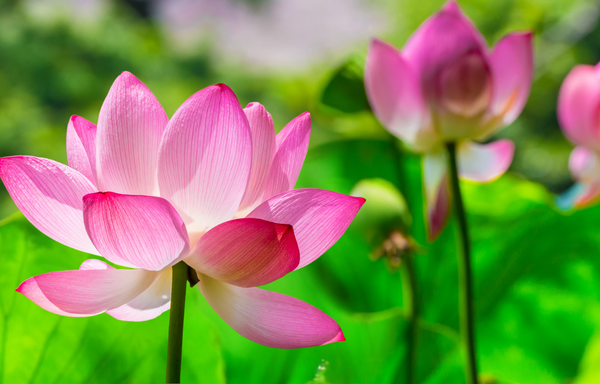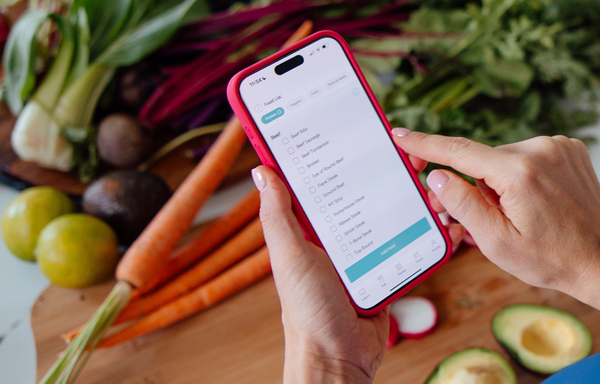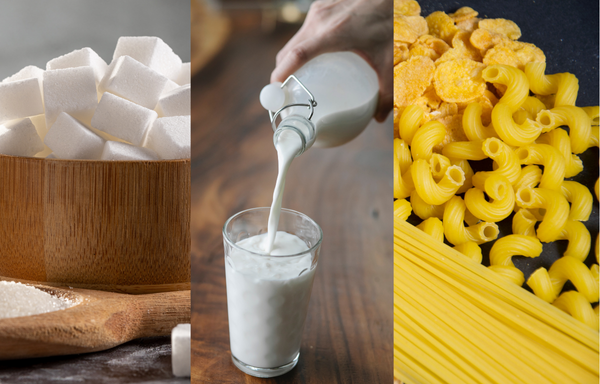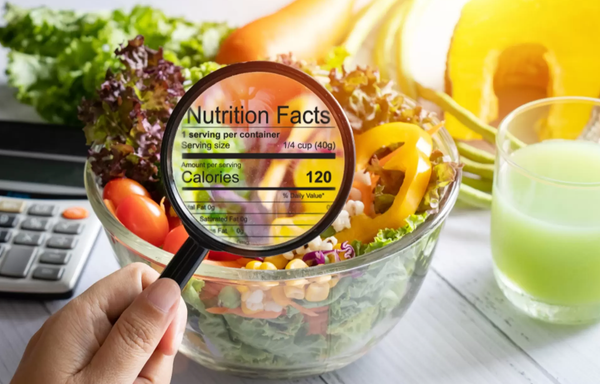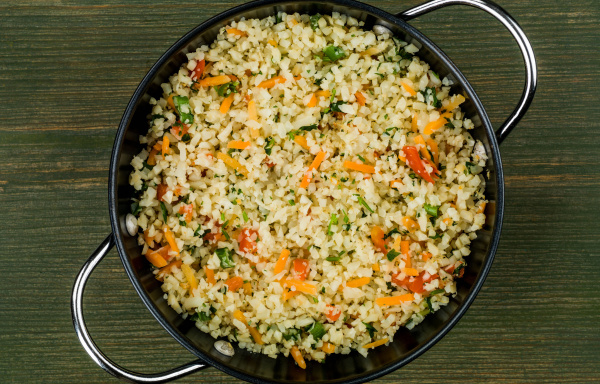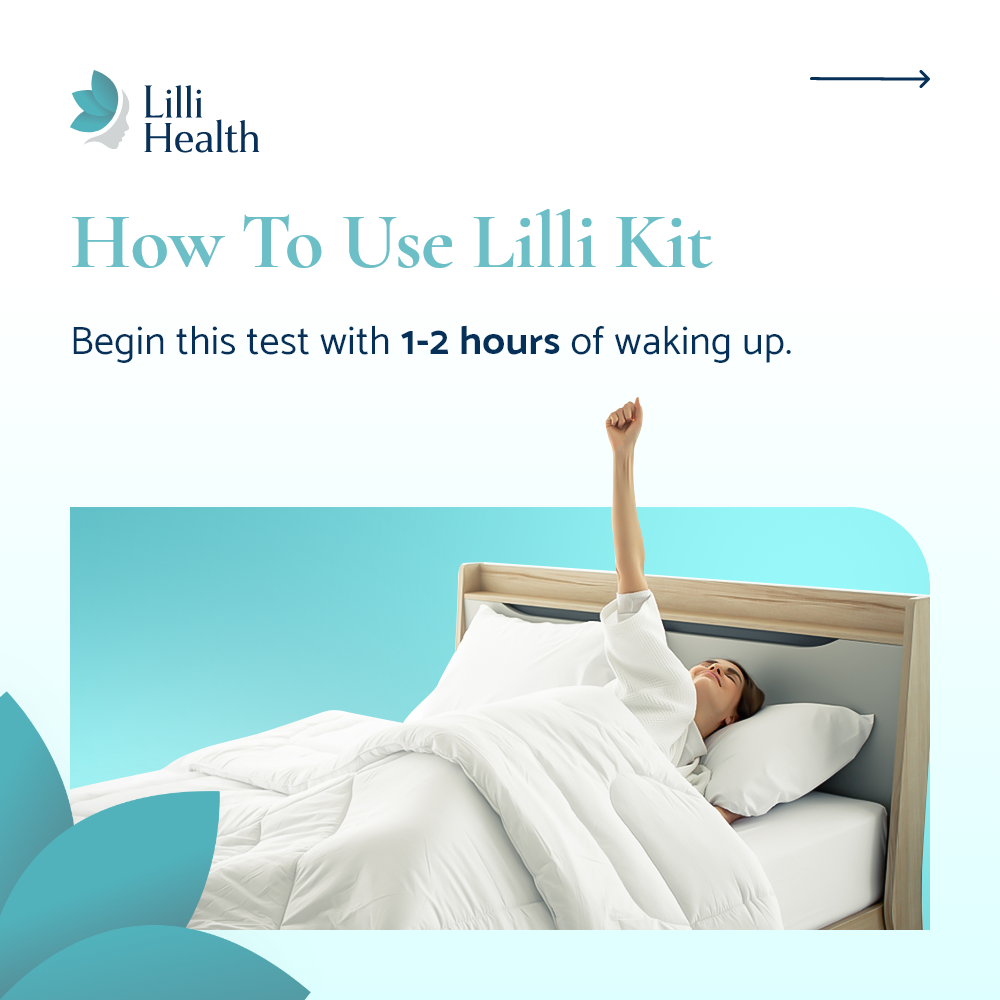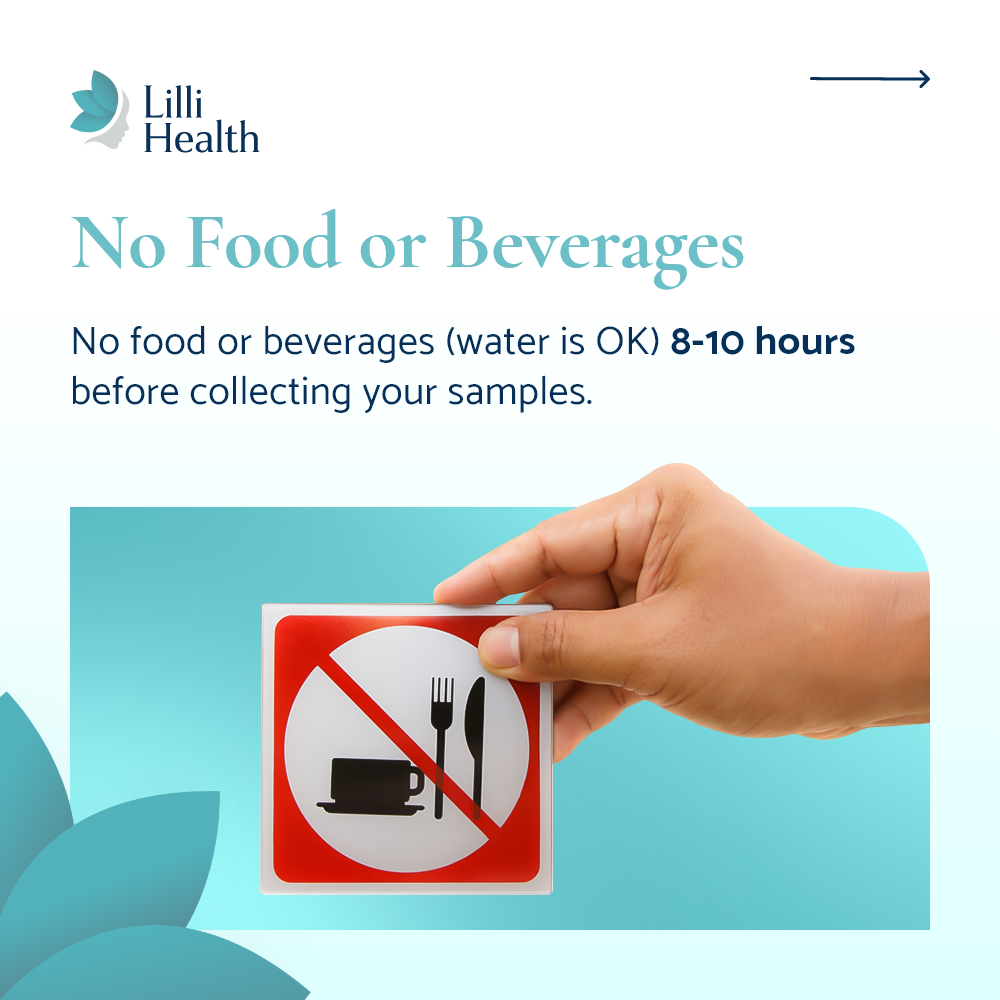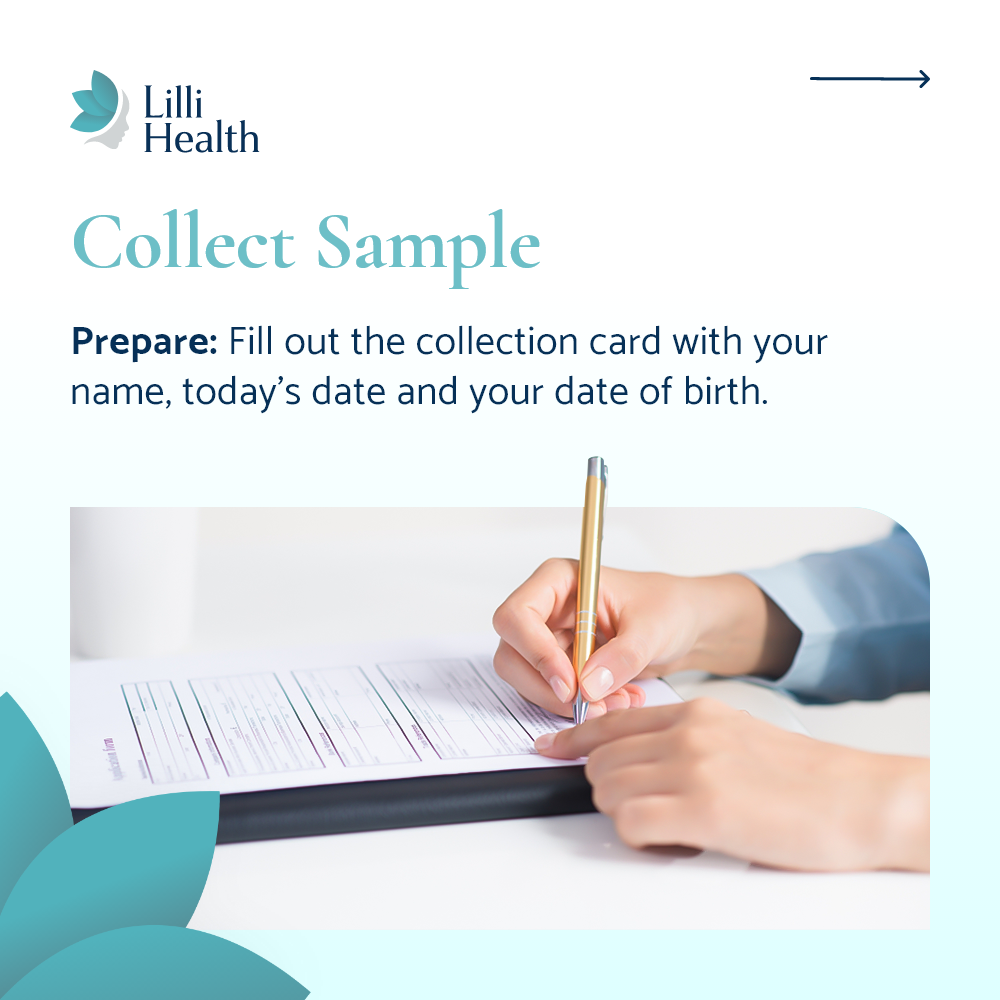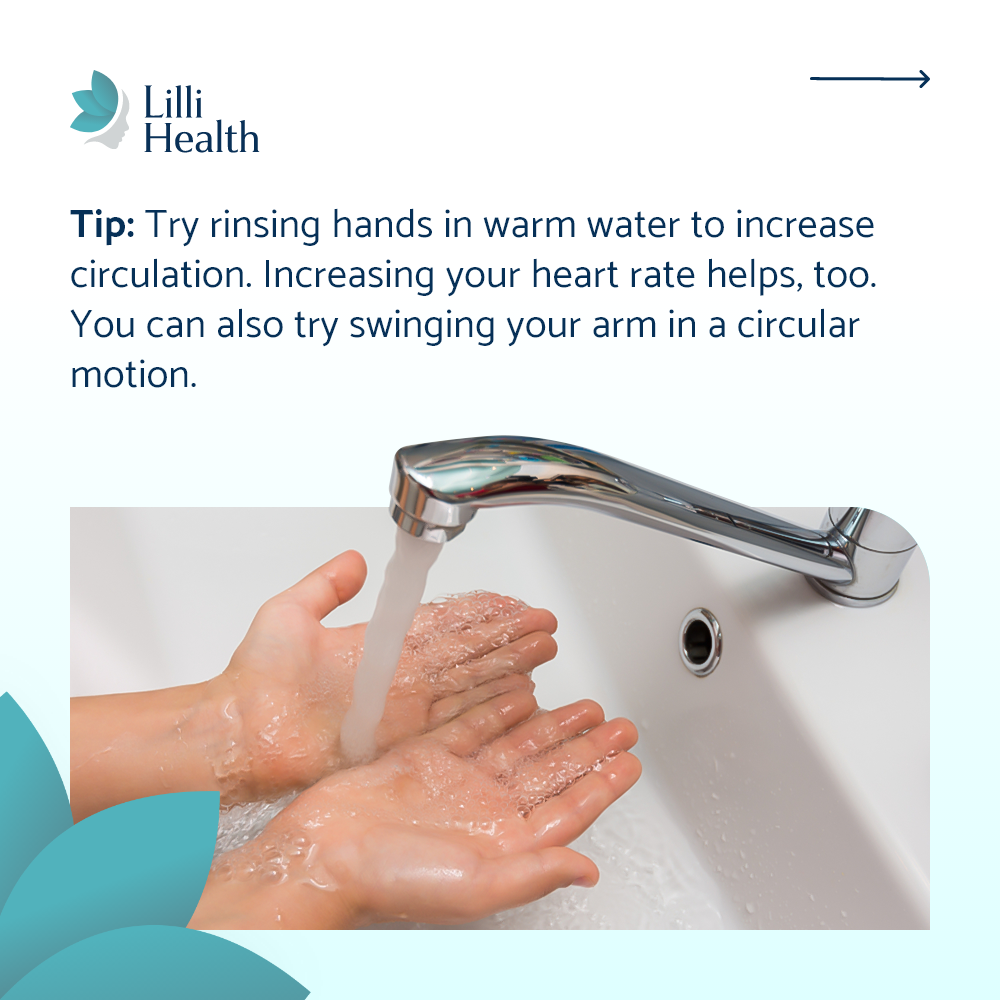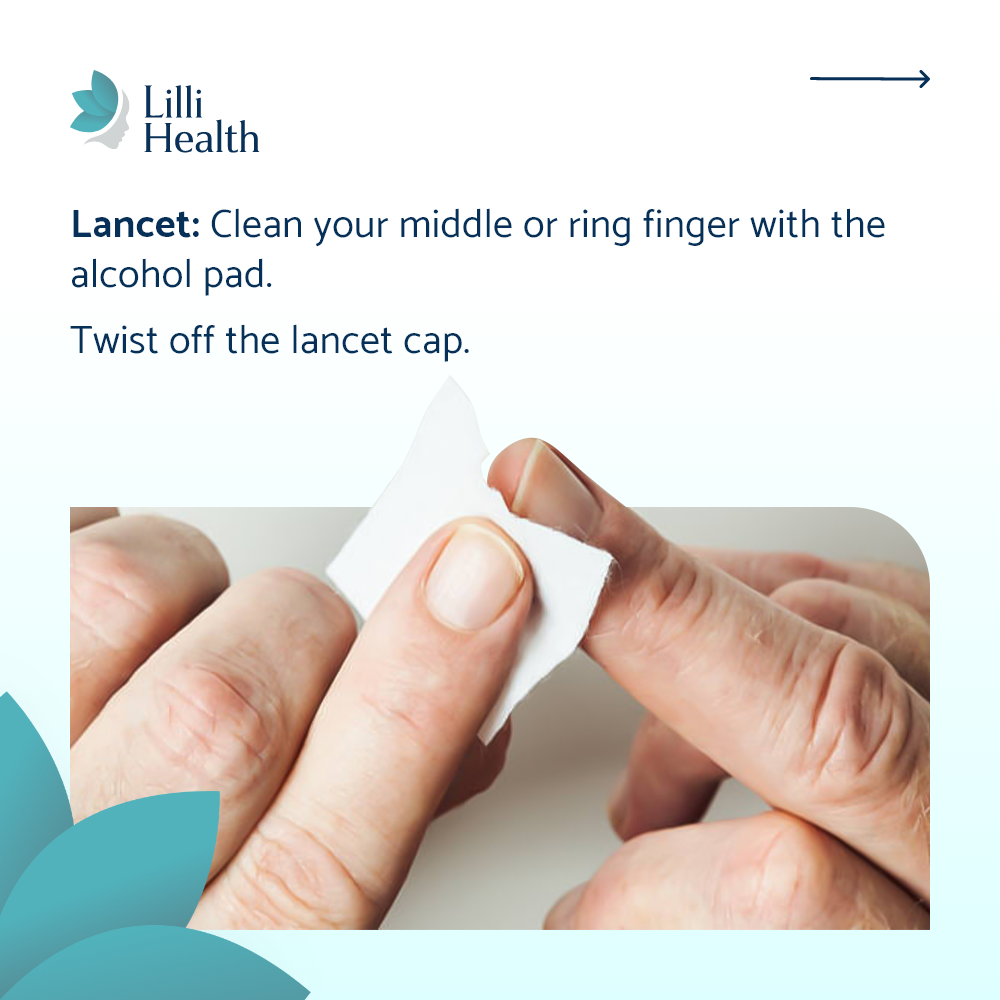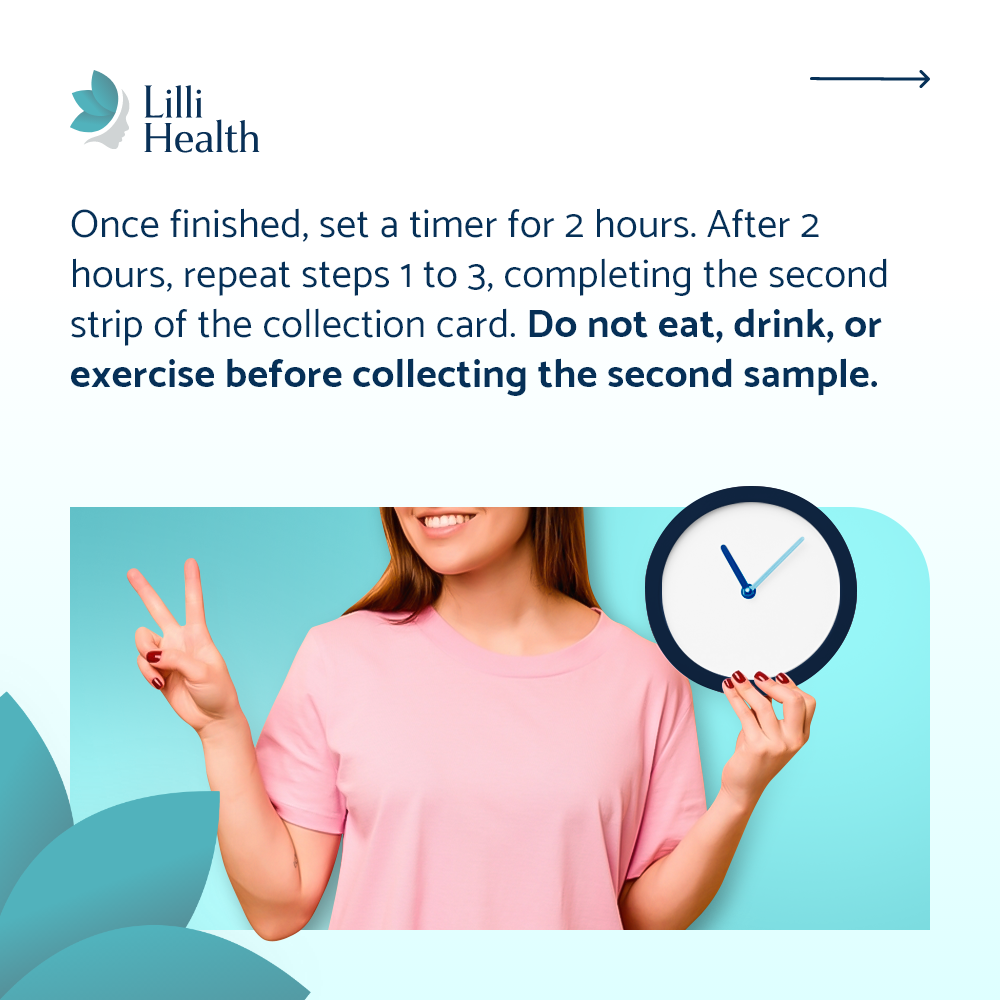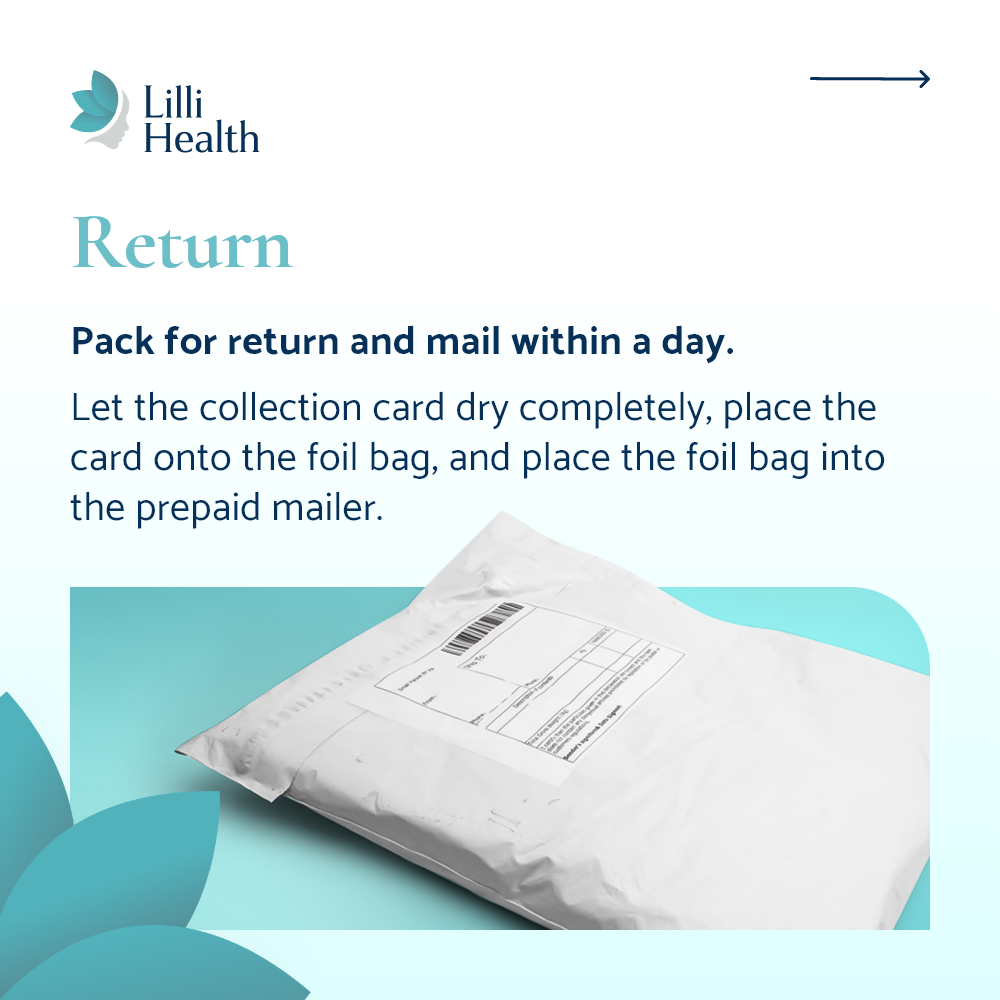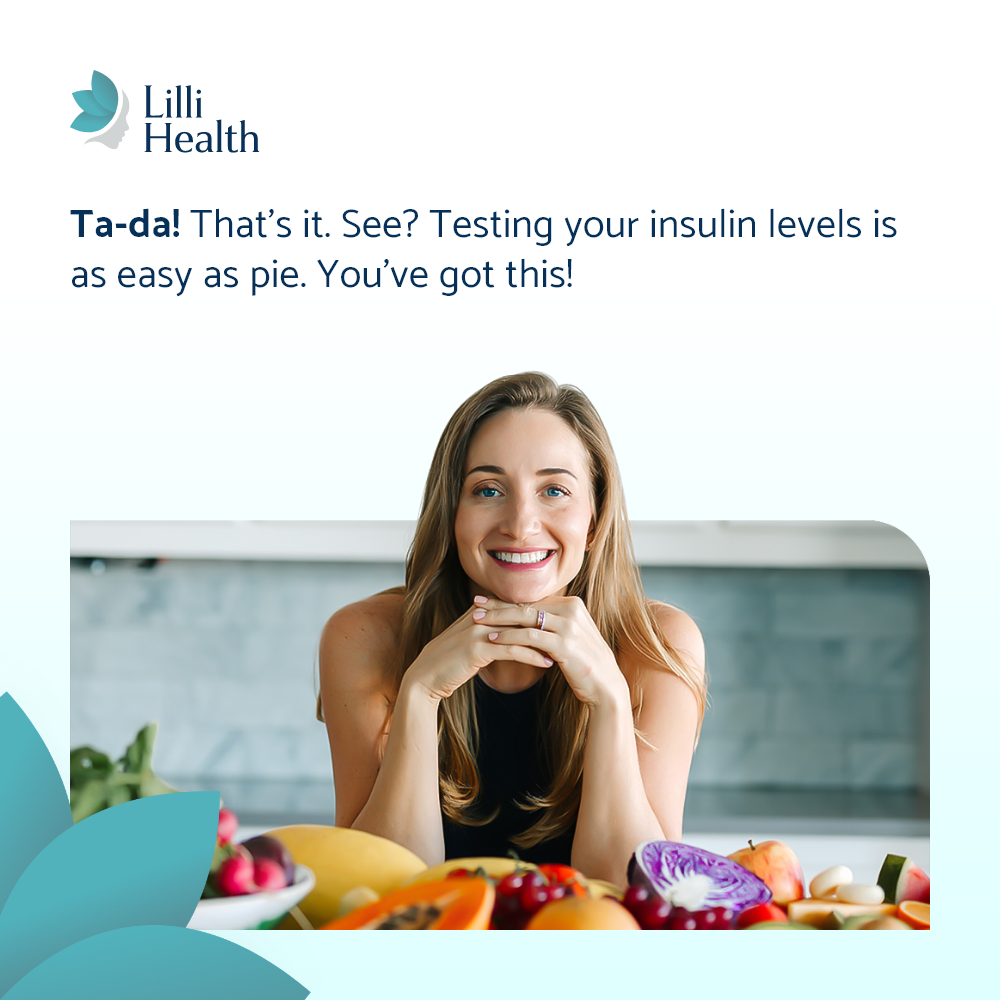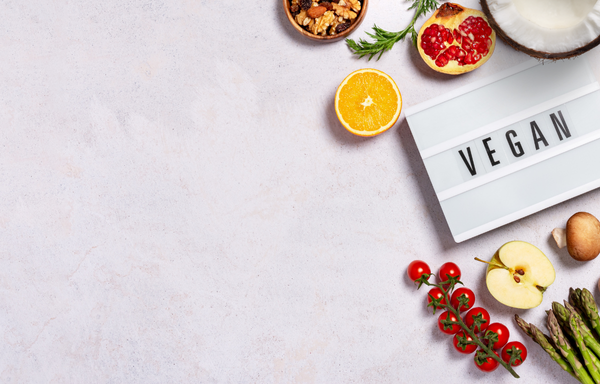

Lilli for Vegans: Yes, You Can Be Vegan and Still Follow a Low Insulin Lifestyle
If you follow a vegan lifestyle and are ready to lower your insulin levels, you might be wondering if the two can go together.
You can absolutely be 100% plant-based and still follow the Low Insulin Lifestyle. It just takes a little more planning—and a lot more label reading.
The Vegan Low Insulin Approach
The biggest challenge? Most plant-based protein sources also come with a side of starch—which spikes insulin and works against your goals. So instead of loading up on lentils, oats, or beans, we focus on low-starch, high-protein, healthy-fat plants that nourish your body without overworking your pancreas.
This version of Lilli is:
- 100% animal-free
- Rich in healthy fats
- Packed with plant-based protein
- Centered around vegetables
❌ Free from starch-heavy “vegan staples” like rice, quinoa, oats, and starchy beans
Best Vegan Protein Sources for a Low Insulin Lifestyle
These options provide clean protein without the starch load:
-
Lupini beans – ultra-high in protein, fiber, and very low in carbs
-
Hemp seeds – rich in protein and omega-3 fats, great in smoothies, salads, or baked goods
-
Hemp seed protein powder – one of the cleanest, lowest-insulin vegan proteins available
-
Nuts and nut butter – high in protein and fat, low in carbs (just watch for added sugar)
-
Almond or pumpkin seed protein powder – a great option for smoothies or baking
-
Unprocessed or minimally processed soy – tofu, tempeh, and edamame can work well if tolerated
These are the protein stars of your vegan Lilli plate.
❌ Vegan Protein Sources to Limit or Avoid
Some plant proteins look good on paper—but they spike insulin. That’s because starch is basically pure glucose and glucose spikes insulin. These starchy protein sources include:
- Lentils and chickpeas
- Black beans, kidney beans, and most legumes
- Quinoa and brown rice
- Oats and whole wheat
- Pea protein and rice protein powders – highly processed
Healthy Fats Are Your Best Friend
Fat doesn’t spike insulin—and when you’re eating vegan, fat is what keeps you full, fueled, and balanced. Include healthy fats in every single meal.
Great vegan fat sources:
- Avocados and avocado oil
- Olive oil and olives
- Coconut milk, coconut oil, and coconut butter
- Nuts: almonds, walnuts, pecans, macadamias
- Seeds: chia, flax, pumpkin, sunflower, hemp
- Nut and seed butters (check for added sugar!)
Fat supports hormone health, improves absorption of fat-soluble vitamins, and helps you stay satisfied between meals—without needing to snack constantly.
Non-Starchy Vegetables and Fruits: The Foundation
Low-insulin vegan meals are built around non-starchy veggies and whole raw fruits. The more, the better.
Pile your plate with:
- Leafy greens (spinach, kale, arugula, romaine)
- Cruciferous veggies (broccoli, cauliflower, Brussels sprouts, cabbage)
- Mushrooms, zucchini, bell peppers, carrots, tomatoes, onions, cucumbers, herbs
- Fruits like citrus, berries, apples, peaches, plums, pears
These provide the fiber, minerals, and antioxidants your metabolism needs—without spiking your insulin.
How to Build a Vegan Lilli Plate
Here’s the magic combo:
Protein + Fat + Fiber (from non-starchy veggies and fruit)
For example:
- Scrambled tofu with onions, peppers, tomatoes, and avocado
- Stir-fry with tempeh, bok choy, mushrooms, and avocado oil
- Lupini noodles with veggies and marinara sauce
- Tofu lettuce wraps with shredded cabbage, peanut sauce, shredded carrots, and shelled edamame
- Smoothie with banana, almond protein, coconut milk, and a touch of unsweetened cocoa powder
💡 Bottom Line
Yes, you can be fully vegan and thrive on a Low Insulin Lifestyle. It just means getting a little more creative—and a lot more intentional.
